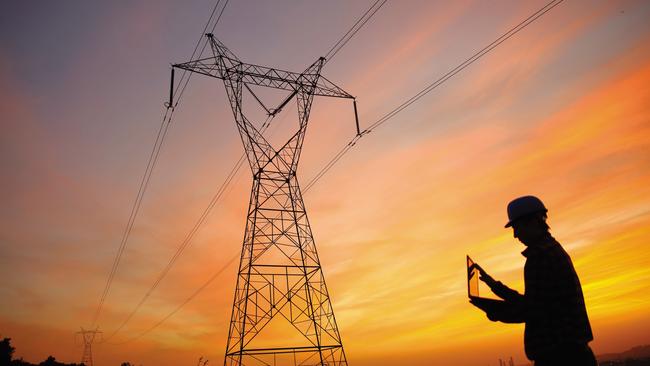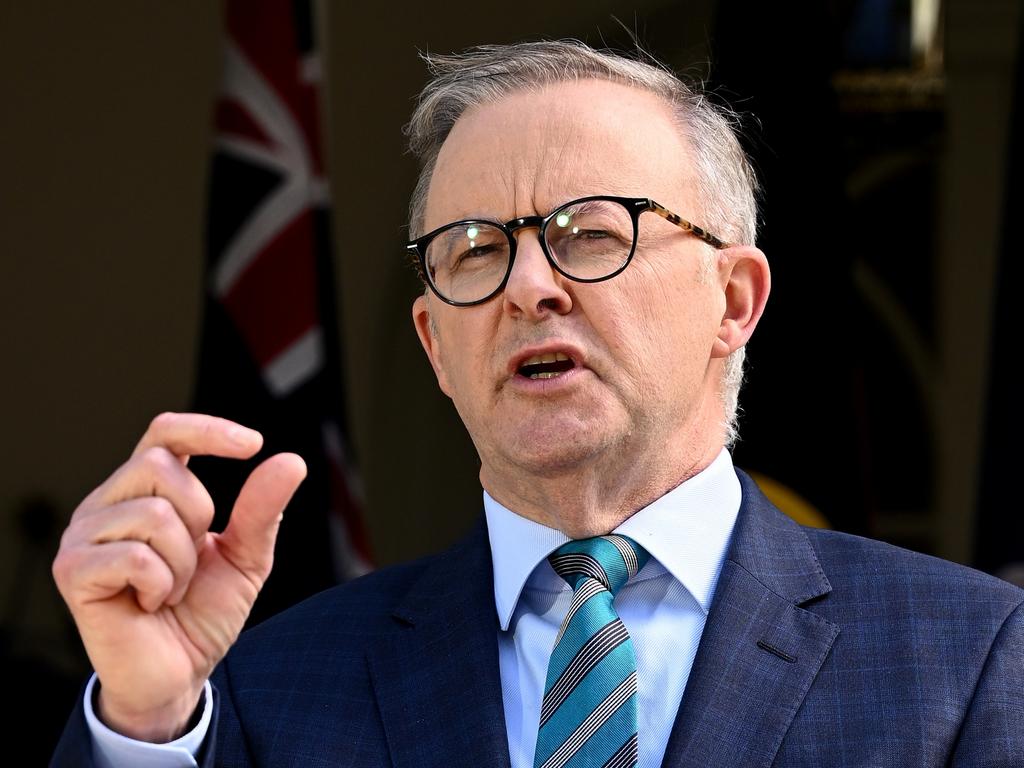Households to pay for potholes in road to decarbonisation in energy market
Yarra Capital’s Tim Toohey warns sticker shock from a looming spike in electricity and gas bills is set to compound an already dire cashflow situation for consumers.

Sticker shock from a looming spike in electricity and gas bills is set to compound an already dire cashflow situation for consumers, according to Tim Toohey.
Notwithstanding price caps for retail gas and electricity, and subsidies for low income earners, households are set to pay for the potholes in the road to decarbonisation, as firms seek to recover lost cashflow from the declining economics of traditional generation via higher power bills.
“Utility companies know this, politicians should know this, but households largely have no idea that they are ultimately on the hook if best intentions of a smooth energy transition turn to custard somewhere along the journey,” says Mr Toohey, who heads macro and strategy at Yarra Capital Management.
He sees it as a “long and painful journey”, with implications for monetary policy.
Treasury has assumed that electricity prices will rise 20 per cent on-year by late 2022 and a further 30 per cent in 2022-23, taking utilities to an unprecedented 2.6 per cent of household income by December 2023.
That’s 25 per cent above the 10-year average and 49 per cent above the average since 1960. It will also represent the biggest one-year rise in utility bills in the post-war period.
A surge in global coal and energy prices after the invasion of Ukraine is the dominant force, combined with unfortunately timed maintenance of coal-fired power stations, and less than transparent behaviour has played a role. But the bottom line is a rapid transition to renewables is also unravelling the economics of running coal and gas-fired generation at an even more rapid rate.
Toohey has calculated that the addition increment to inflation from rising power and gas bills could add 1.75 percentage points to inflation by the end of 2023, in first round impacts, and potentially a further 0.35 per cent in second round effects.
“We all know that the interest payments on the stock of existing total household debt are set to rise incredibly sharply in 2023, compounded by the roll off of fixed rate mortgages,” Toohey says. “In conjunction with principal payments, debt servicing for the average household is set to breach the prior record during 2023.”
The situation for young mortgaged households is far worse, not to mention a rising proportion of the recent new homeowners who are now entering negative equity scenarios for their homes.
“This will place an enormous impost on a large section of society,” Toohey says. “Nobody likes having their discretionary income squeezed, and nobody likes an unexpected spike in their gearing ratio via falling asset prices.”
Even assuming ongoing robust growth in wages and employment in 2023, a higher cost of interest, utilities, insurance and rents will lower discretionary cashflow for the average household by 15 per cent by mid-2023, and much more for young households with large families and large mortgages.
As retail sales growth normally closely tracks discretionary cashflow, Toohey sees retail sales collapsing from rapid rates near 20 per cent on-year to zero growth by mid-2023.
But this is a “best-case scenario”. In his view, it could easily be worse if sub-trend economic growth reveals labour market weakness with a lag, as was the case in all previous downturns.
He warns that the argument that the $260bn in “excess savings” accumulated by Australians since the start of the pandemic and via prepayments on mortgages will exceed additional interest payments – for most borrowers at least – could be an illusion.
It may be true in an accounting sense, but the RBA should be considering why households chose to accumulate those buffers and whether the economic outlook is deteriorating.
“Excess fiscal stimulus obviously contributed to the initial saving spike, but what if the ongoing accumulation of savings was more about de-risking asset exposure in an uncertain time or because a large cohort of the population is simultaneously entering retirement?” says Toohey.
His theory is that the Covid pandemic expedited this decision for many baby boomers.
“If this is the case, then the ‘excess saving’ is not suggestive that a consumption boom lies ahead that threatens to increase inflation,” he says. “Quite the opposite.”
But he has no doubt that the government should have a role to play in capping utility costs, given the recent history of firms profiteering through the crisis by lifting prices rather than absorbing margin pressure, as well as the impending cashflow hit for households.
“If the government wants to keep everyone in the car playing nicely during the initial phase of the energy transition, then the answer is very much yes: utility costs need to be controlled,” he says.
It comes as Labor’s energy package passes parliament, sweeping through the Senate late on Thursday. Prime Minister Anthony Albanese said the Bill provided the “urgent” relief to energy costs needed by Australians and slammed the Coalition for its opposition.
The price caps on coal and gas that are built into the legislation are hoped to soften rising electricity prices by about $230.





To join the conversation, please log in. Don't have an account? Register
Join the conversation, you are commenting as Logout